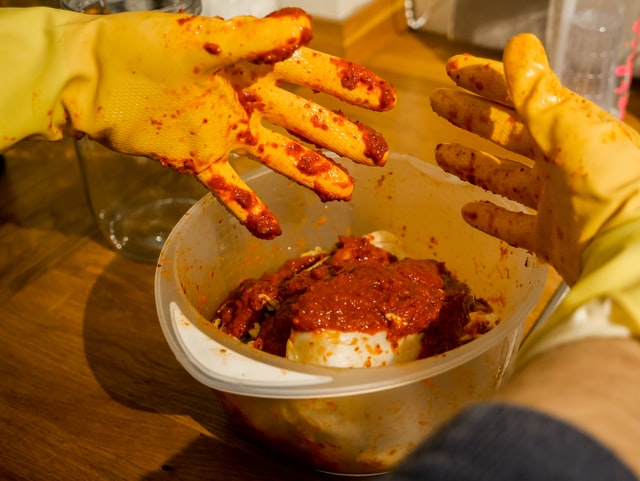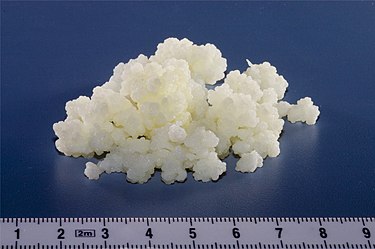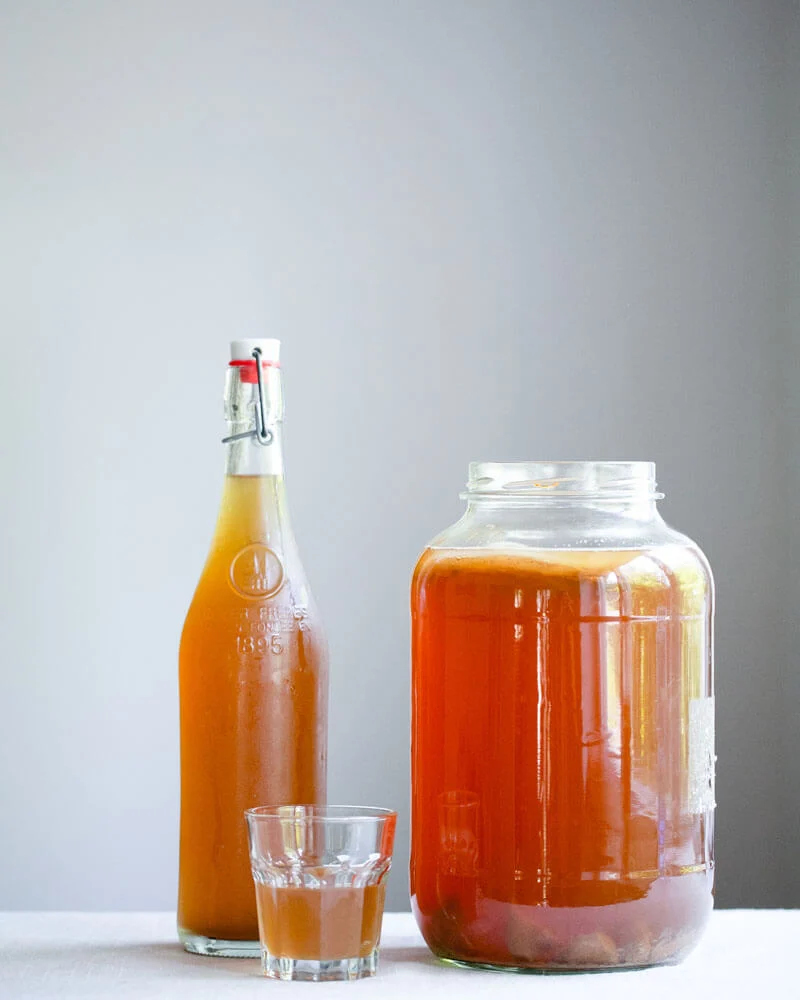
If you have seen my Theme Reveal for the A2Z Challenge 2022, then you will know that I am writing about becoming Vegetarian gradually as a response to the crisis in food supply chains sparked by the pandemic and made worse by the WAR in Ukraine. As well, I am keeping to the theme I originally planned of food which can be eaten in its own right as well as becoming an ingredient in other dishes…

If you’re new to vegetarian/vegan food, then you may think “Uh-oh – here comes the weird shit!” But hey! At least it’s all in one post…
Kimchi is nothing more than South-East Asian sauerkraut – still too weird? It’s just pickled cabbage, a bit on the spicy side. It is particularly Korean and is served as a side dish with almost every meal. By pure coincidence, Kefir and Kombucha share the fact that they ate all fermented items. Kimchi is a pickle, but not as we English know it, however, most of the rest of Europe have great traditions of fermented pickles. In England, we pickle onions, beetroot and eggs (as well as shellfish) by simply putting them in vinegar – in the case of pickled onions, we boil pickling spices in the vinegar first to jazz it up! If you think you have never tried fermented pickles, then think Gherkins and if you haven’t tried them then…?
Of the fermented pickles, sauerkraut is the easiest example, and is made by layering very thinly sliced white cabbage in a jar or bowl, with salt. The salt draws liquid out of the cabbage and after a few days, it naturally forms lactic acid and the cabbage softens and pickles – all you have to do is cover it with a cloth and occasionally stir and skim any froth off the top. When it is acid enough for your taste, decant it into smaller, sterilised jars and it will keep in the fridge for up to six months…
How do you use sauerkraut? It’s great with sausages and mustard and can be eaten cold or warmed up, but I like it in a vegetarian context too in place of chutney or added into soups and stews to bring some acidity to the dish. Why would you eat it? Well aside from the taste reasons I’ve just given, all fermented pickles are good for digestion, provide probiotics, vitamins and strengthen your immune system and even help you lose weight! Another health claim for all of today’s K products is that they contain “enzymes”. This is one of those “magic” words that abound in the world of Healthfoods and I am always a little sceptical because whilst it is a known fact that enzymes are important in digestion (they are catalysts that speed up reactions), drilling down to the details of enzymes and their presence and effects, you need a degree in some kind of science plus access to scientific research papers – yet healthfoods tend to make blanket claims for things like enzymes which then get repeated (as I am doing) with what may as well be an invocation of magic. Make up your own mind – certainly, fermented products are rich in enzymes – whatever they do!
Kimchi is just Sauerkraut on steroids, or to be more accurate – its spiced up with chilli and other oriental flavours. So for western tastes, the argument for using it more as an ingredient rather than eating it as a dish on it’s own is strong. You can buy a jar of starter flavourings in some supermarkets or you can look up recipes on the www! Like Patata Fagusta in the last post, kimchi is more of a principle with many variations and every family having it’s own special recipe.

Kefir is a drinkable consistency yoghurt which is easy to make because it makes at room temperature – so no special Yoghurt maker with little heated pots which you use for a month after buying then relegate to a cupboard. Ideally, you acquire some of the Kefir grains shown above, and simply add them to a bowl of milk, cover for twenty-four hours and then strain the grains out to add to the next batch then neck the kefir! Popular throughout Eastern Europe, Kefir has broken through to a wider market in the last couple of years appearing in shops as both plain and flavoured drinks. If you can’t get Kefir grains, try buying kefir from a Polish shop – it will be unpasteurised and added to milk, will produce perfectly good kefir. You can use kefir as you would yoghurt, drink it, add it to salad dressings, curries, puddings…

Kombucha is a similar thing – if you can’t get the culture, then use a bottle of commercially made Kombucha to start you off. Much is made in Kombucha circles, of the layer that forms on the top of the brew such that Kombucha is sometimes referred to as “the Manchurian Mushroom” or as the “scoby”, but I can tell you that this substance is not necessary to making Kombucha. I won’t bore you with the scientific details of the layer (find them here) but the fact that you can start it off from a bottle of commercially made kombucha, and that it will take many batches before the layer starts coming, is proof that what really matters, is the yeasts and bacteria present in the drink. What that layer does, is make the kombucha more acid, and if you leave it longer than a week, then the drink will become too acid, so if you like it mild, you can throw the layer away each time. (Shock horror in the kombucha brewing camp!)
Here’s what happens – you make two and a half litres of black or green tea using eight tea bags and add eight ounces of white sugar and dissolve. When the brew has cooled to room temperature, you add half a litre of your last batch (or a bottle of the commercially made drink), a piece of the top layer, if you have it, cover for a week, pour off two and a half litres to drink, retain half a litre to start the next batch and discard most of the sediment at the bottom. There will be enough yeast and special bacteria floating into the retained starter to do their job, which is:- the yeast ferments the sugar into alcohol, but you never get any detectable alcohol because the bacteria turn it into lactic acid – so what starts off as a too-sweet tea, ends up as a delicious, fruity concoction.
You can ring the changes by using some herbal tea bags (I favour lemon and ginger) or adding a flower head of Elder when in season, but the great thing about kombucha, to return to the theme of ingredients, is that it is a perfectly balanced flavour amplifier. Add a splash of mango juice, say, to a glass of kombucha, and it will taste more like mango than you would have imagined – so a world of non-alcoholic cocktails beckons…
Finally – Killing it in the Kitchen! No! No killing is involved in vegetarian cooking – I am talking about the fact that cooking can be a competitive sport. There are so many cookery competitions on TV and so many chefs who tell you that recipes are easy as they turn out something immaculate in taste and presentation. Cooking is for pleasure – first and foremost and the process must be something you enjoy, love even, if the end result is to be good. You don’t have to kill it in the kitchen, impress your friends with “elevated” dishes – if homely, rustic, down-and-dirty cooking is what you like – go for it!